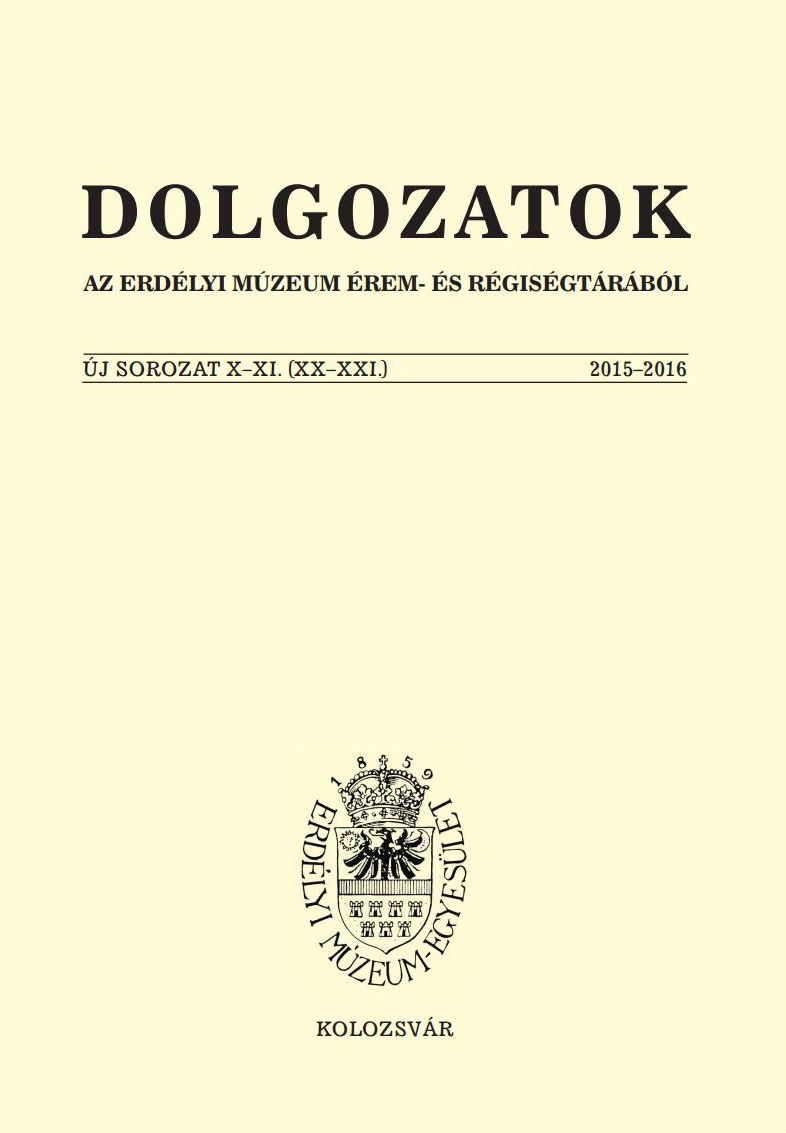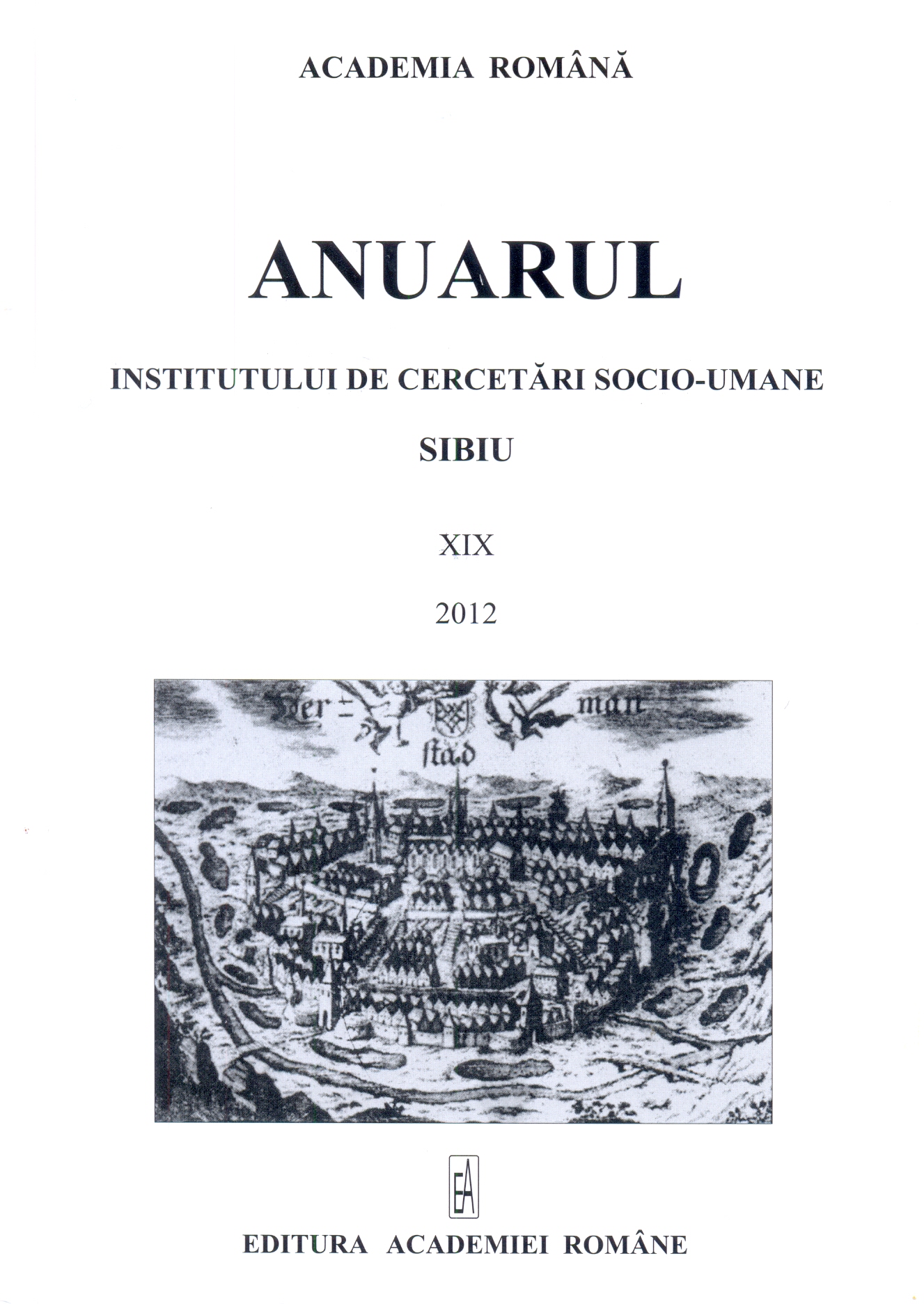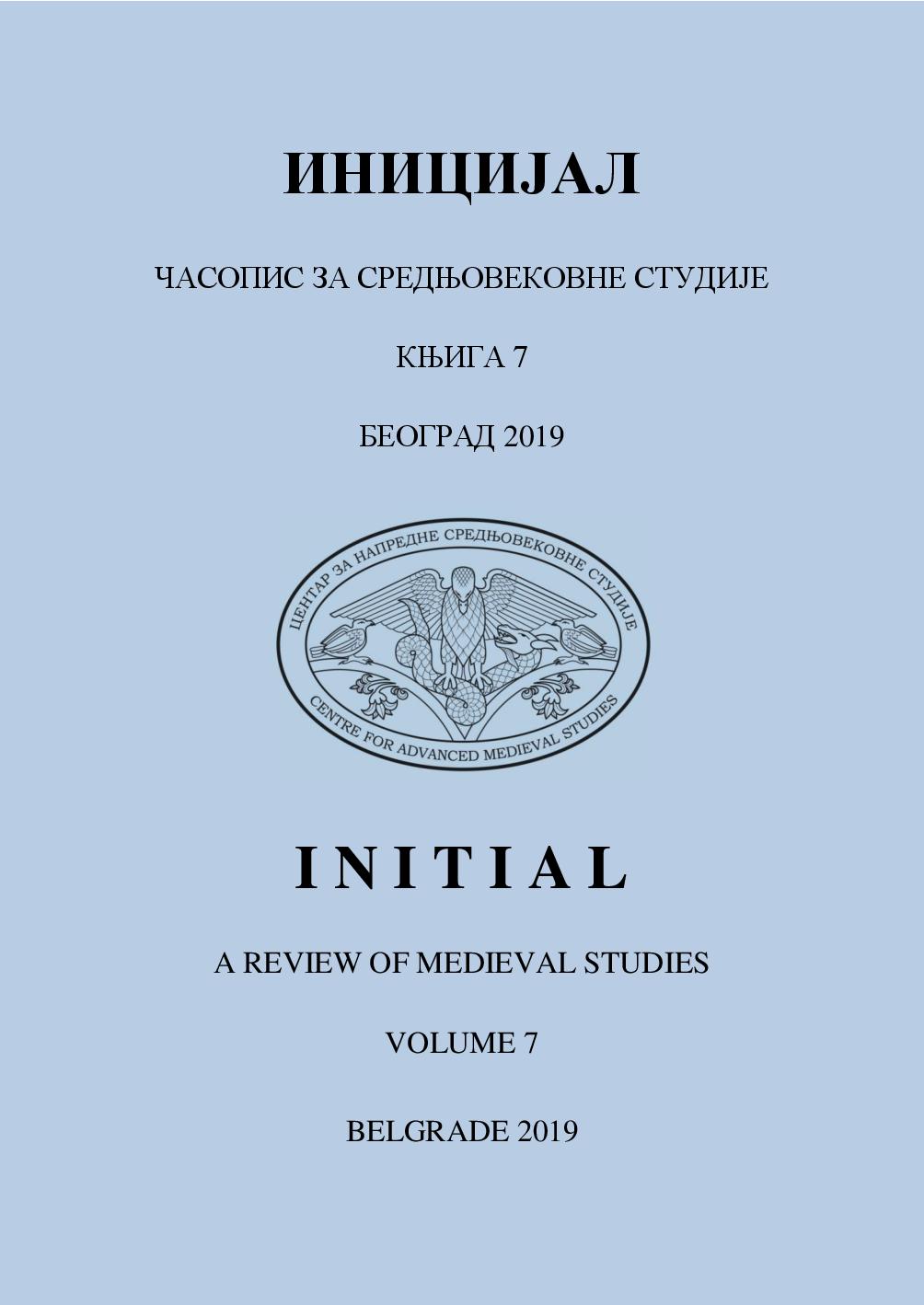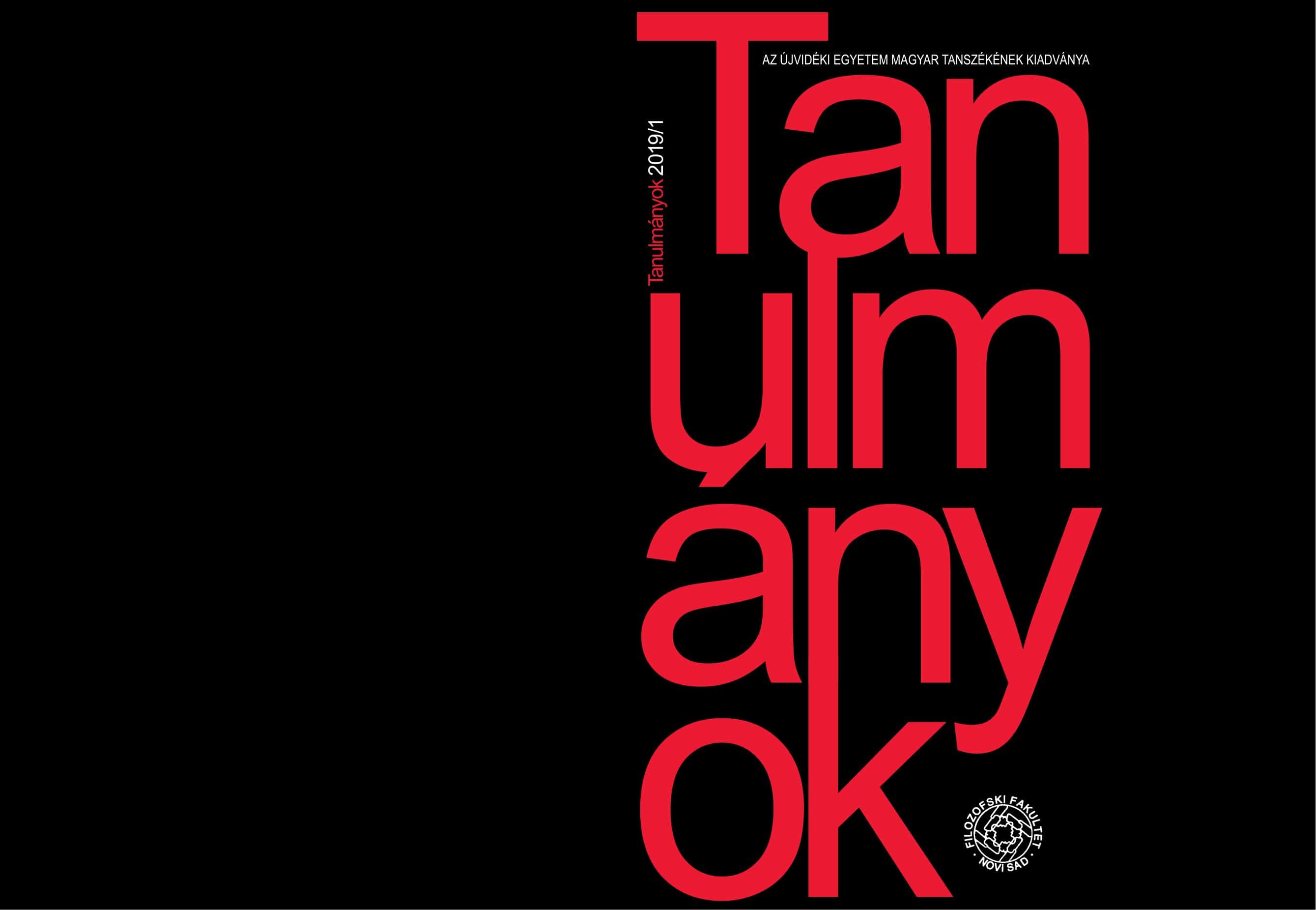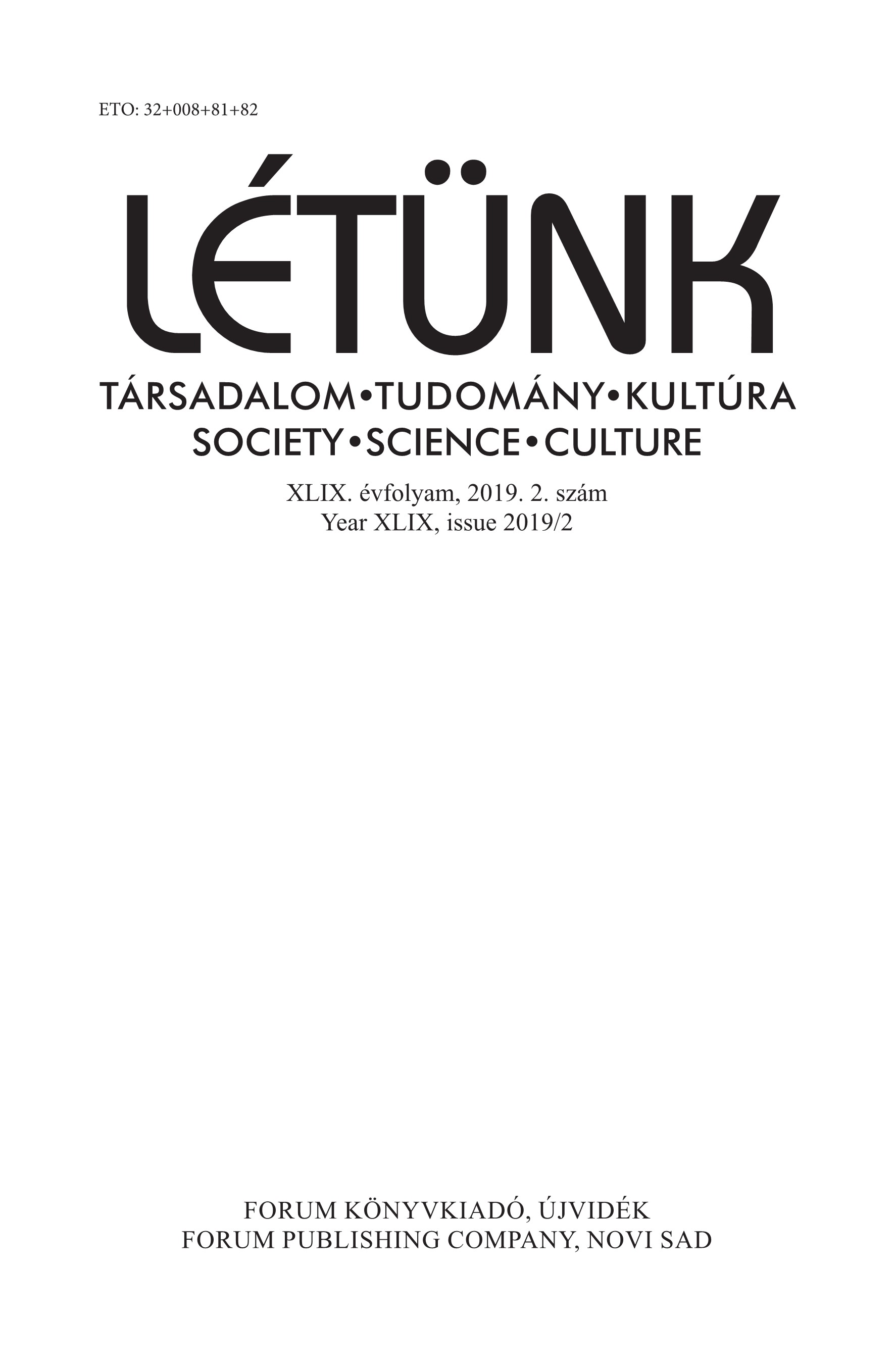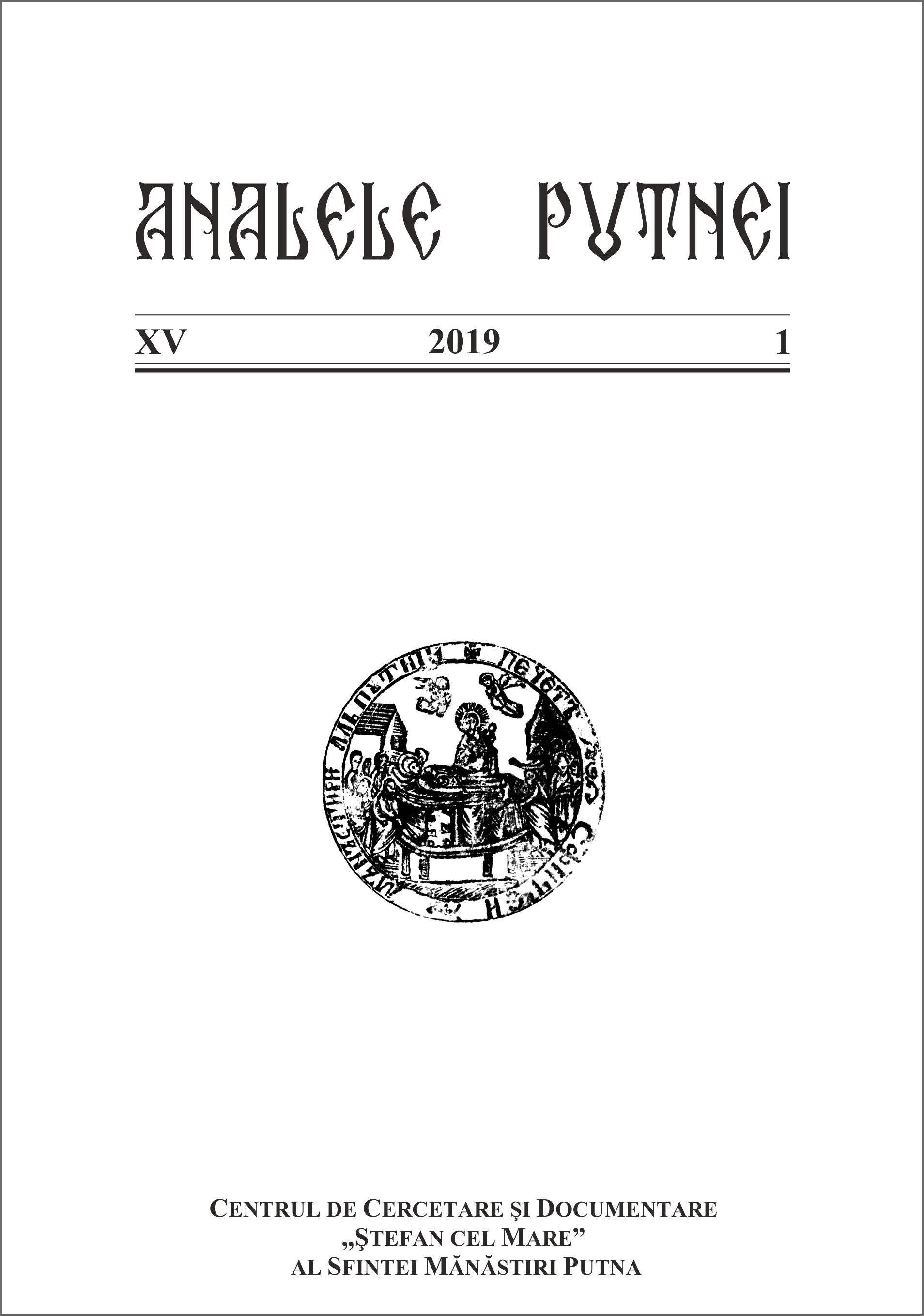Author(s): Nicolae Sabău / Language(s): Romanian
Issue: 1/2019
Therme Varadienses... after the Years 1892. The present study is based on the consistent Report of a specialized expertise written in 2008, aimed at obtaining the approval of D.J.C.C.P.N. Oradea for the reconversion of the plot and of certain pavilions (No. 1, No. 3, Băile Vechi), that once serviced Băile Termale Felix (municipality of Sânmărtin, Bihor County), buildings currently in a precarious state of preservation. The mentioned building complex had not been inscribed in the Historical Monuments Lists of 2004 and 2010. The author of the article turns again to a topic that benefits from a rich specialized literature based on historical-documentary researches in Latin, Romanian, Hungarian, French, and German. The present research contributes to the topic by mapping and providing detailed descriptions of these spa resort architectural objectives. The thermal baths located in the proximity of the city of Oradea have attracted numerous people over the centuries through both the positive therapeutic results and the natural environment, the surrounding geographic context that is truly picturesque. Some specialists argue that the baths had been known and used ever since the Roman Era (based on archaeological field walks, the discovery of coins issued by Faustina Junior and of Roman funerary stelae subsequently included in the construction of the future Elisabeth Spa). The resort was then mentioned on maps dated to the middle of the thirteenth century and subsequently on documents dated to the time of Ladislas IV King of Hungary when the settlement of Haieu became the property of the Roman-Catholic Bishopric of Oradea. A document issued by the papal curia during the time of Innocent VII (1405) recorded expresis verbis the thermal springs, deciding that „all pilgrims traveling to pray at the Chapel of the Baths of Oradea” (Haieu) „be forgiven of their sins”. Between the fifteenth and the twentieth centuries, various humanists, geographers, missionaries, foreign travelers, scientists, medics, chemists, constructor engineers, architects, landholders etc. mentioned the spa of the Catholic Bishopric of Oradea [Janus Pannonius (1465), Nicolae Olahus (1536), Antonio Possevino (1583), G. P. Campani (1584), Ștefan Szántó also called Arator (1587), G. A. Magini (1596), Conrad Jakob Hildebrandt (1658), Luigi Ferdinando Marsigli (after 1698) etc.]. The study also mentions the first works dedicated to chemical analyses, to the hydrochemical, radioisotope-related and hydrogeological properties of the thermal waters, starting with Francisc Gebb’s 1731 „Gemina investigatio thermalum Episcopalium Magno-Varadensium”, Stephanus Hathvani’s 1777 „Therme Varadienses”, and the texts of Frederic Grosz in 1842, Carol Hauer in 1860, and Prof. Lengyel Bela, Prof. Dr. Spacu, and Dr. Dick in 1922-1923. The thermal springs of Felix became known in the Principality of Transylvania starting with the seventeenth century. Still, progress in the management of the place is due to the Premonstratensian Monastic Order. In 1711 Felix Helcher, one of the administrators, a friar from the cloister of Klosterbruck (in Moravia), canon of the abbey in Sânmărtin, erected a wooden building aimed at valorizing the thermal waters of the site. The author of the study presents in details the development and the progress of the spa resort’s constructions between the eighteenth and the twentieth century, with special emphasis on the pavilions and the baths in 1892.
More...


